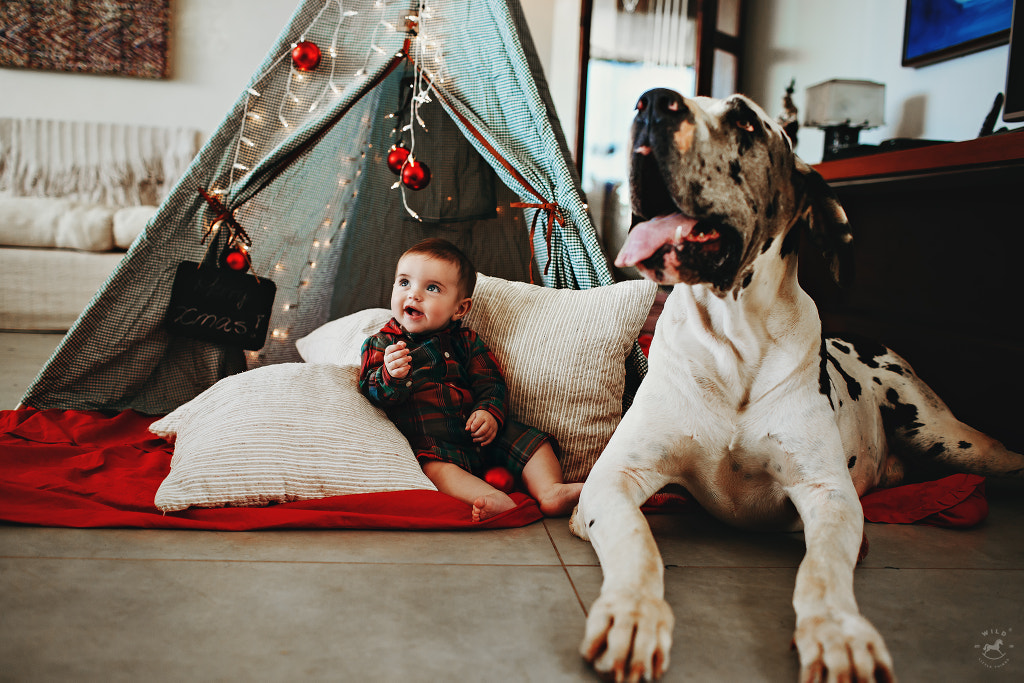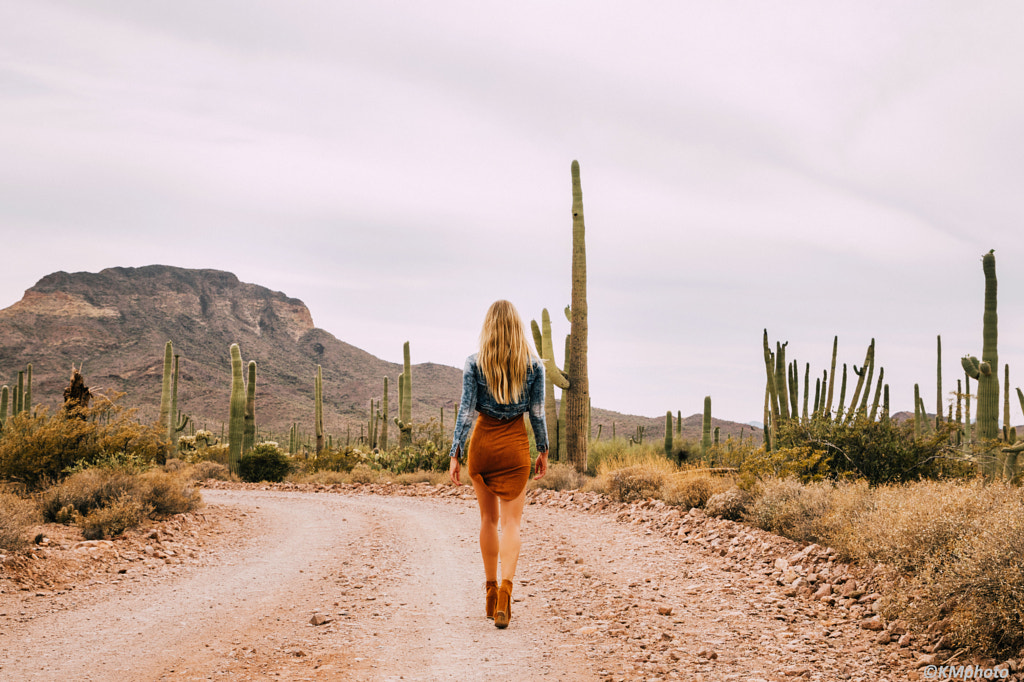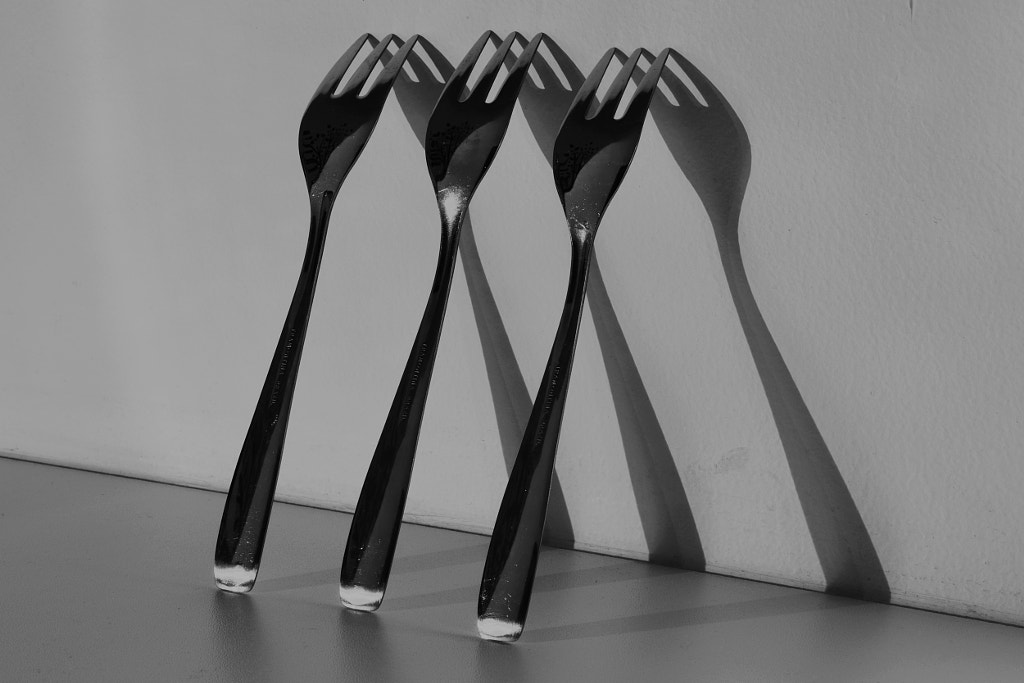Four years ago, the 500px Content Team set up a casual shoot at the office. On a tight budget, they produced more than a hundred marketable stock photos and started selling them within a week. The big takeaway? Buyers want relatable photos of everyday life—and these kinds of images don’t cost an arm and a leg to produce.
The beauty of Licensing your photos is that you can work in almost any genre imaginable. Clients need images of everything—including simple items, events, and situations.
Here are just a few quick tips for building an impressive Licensing portfolio without emptying your wallet.
Know your budget
Before you start planning any shoot, sit down and lay out some concrete numbers. Without a set budget, even for a casual shoot, you may find yourself spending a lot of money on small things that add up over time.
First and foremost, you can keep your funds under control by prioritizing different aspects of your shoot. As you go from planning to post-processing, make a note of every cent you spend. This will keep you on track, and it will also give you a rough idea of how to plan the next shoot. Make sure to note any expenses that caught you by surprise.
Be realistic about gear
While we would all love to upgrade to the newest camera model every couple of months, few photographers can realistically afford the most up-to-date equipment in every category. Don’t let this hold you back. Challenge yourself to shoot with the equipment you already have.
If you’re interested in playing around with new gear, don’t underestimate the power of renting. LensProToGo in the US, Vistek in Canada, KFTV in Spain, and photocinerent in France have great renting options. Always remember that a stock shoot is a nice, low-risk way to test out unfamiliar equipment that you’re interested in mastering.
Find your niche
With so many quality photos available for Licensing, image sales often boil down to one thing: the subject.
Do some research within commercial markets, or consider advertisements you see in your daily life. Try to pinpoint common concepts or compositions within commercial content and look for ways to apply what you see to your way of working.
Often humanizing elements are incorporated into commercial photography to help make content more relatable. If you are shooting a landscape, try incorporating a model within the frame, or if you are shooting animals, insert a narrative that helps your audience to humanize and relate to the concept within the image. This will ultimately increase the value of your content and help you to stand out.
Make your home your studio
You can do great work with a solid white wall, a nicely decorated table, or a backyard garden. Scout your house for possible shoot areas, and incorporate items you already have. A large window with good light is worth its weight in gold, so don’t be afraid to set up shop in your kitchen or living room.
Here’s a DIY natural lighting solution using items you may already have on hand: use a sheer white curtain over a main window as your primary lighting source. The curtain will diffuse your light without blocking it, and you can manage the intensity of the light by opening the curtain, closing it, or even layering multiple sheer curtains together.
Collaborate with friends
While you certainly don’t have to include people in all your photos, a model can add narrative and relatability to your stock photography. Start by asking friends and family members to model for you. Take advantage of a brunch or cookout you already have scheduled to capture some authentic lifestyle images. During a break at work, ask a colleague to pose from some real-life office shots.
Remember that any person in your photos, professional model or not (including yourself and family members), will need to sign a model release if you want to sell your photos for commercial use. This simple piece of paperwork takes just a few moments to complete, and it instantly increases the value and marketability of your photos.
Trade time for prints
You can also search for professional models who are trying to build a portfolio and swap their time for some free headshots. This is a pretty common practice for models starting out, and it’s usually referred to as Time for Print. Remember: you aren’t asking your model to work “for exposure.” Give your models quality work that will enhance their portfolios in exchange for the time they’re sacrificing.
To find a model that might be open to a Time for Print agreement, look at sites like Model Mayhem, which connect models of different experience levels with photographers. Browse Instagram for models in your area, as well. Whenever you send a DM, remember that this is still a professional communication.
Document your day-to-day life
The best stock photos often capture scenes from everyday life, so bring a lightweight, portable camera with you as you go about your regular routine. That includes everything from going out to dinner with friends to commuting to work to walking your dog. These subjects might seem generic at first, but that’s often a good thing. It means they’ll apply to a broad spectrum of image buyers and usages.
Public outdoor places offer a wealth of opportunities for free. Just make sure you don’t get any passersby or copyrighted material (storefronts, murals, statues, etc.) in your shots.
Connect with local business owners
If you plan on shooting in any privately owned location, indoors or outdoors, you must get a property release signed in order to license your photos for commercial use.
Consider approaching the manager of a local bar or restaurant to see if you can use the space after hours for a shoot. It might help sweeten the deal to offer some photographs of their menu items in exchange.
Bring your camera on vacation
Instead of planning a pricey getaway purely for photography purposes, incorporate some casual shoots into vacations you already have planned. Just bring your camera bag along while sightseeing, and keep some model releases on hand just in case. Before your trip, do some digging on 500px and Getty Images to see what types of photos clients are buying from the area.
Always keep your Licensing portfolio in the back of your mind
If you have time during client shoots, think about taking some photos for yourself. You’ll always have to offer them to your client first, but in many cases, you’ll have leftover photos you can sell later. Whenever you’re working on a big-budget shoot, take as many pictures as you can. Of course, your first priority should be pleasing your client, but it never hurts to give them a lot of options to choose from.
Organize test shoots on your days off
A few times each month, plan for some low-pressure test shoots for yourself. These sessions can take place at home or in the studio, and you can use them to try out new lighting or styling techniques. The only rule? Don’t spend any money. Use yourself as a model, incorporate props you already have lying around, or team up with a food stylist and try out a new recipe.
The purpose of these test shoots is to have fun and practice your craft, but they can also double as stock-specific photoshoots. Keep a running shot list or notebook full of creative ideas you want to try out, and then whenever you happen to have some time off, make them a reality.
Stay one step ahead
Buyers usually start looking for photos for their holiday campaigns months in advance, so it doesn’t hurt to give your test shoots a seasonal twist. Bring out your old Halloween or Christmas decorations in summer, or shoot some ice cold drinks in winter. Beat the competition by getting everything uploaded ahead of time—without having to spend anything on props.
Aim for quality—and quantity
Pixels are free, so take as many photos as possible and give buyers a wide variety of images to choose from.
Take full advantage of your time on set by trying out different poses and scenes with your models. Bring changes of clothing for them to wear. Photograph them standing still and in motion; include portraits as well as more generic, anonymous shots that don’t show their faces. Tackle various themes—co-workers in the office, friends hanging out, etc. Finally, mix up your angles and vantage points. Get those “hero” shots first, and then zoom in on the details.
Keep a running folder of ideas for stock
When you see something trending on social media or notice a clever ad campaign while going about your daily routine, write it down. It helps to keep an ongoing folder or list of image ideas for stock. Remember to keep track of your image sales, and write down the traits your most-downloaded photos seem to share. These will be your guiding light in planning for profitable shoots going forward.
Are you interested in learning more about Licensing? Click here to learn about Licensing with 500px.
















![[Photo Keywording Tips] How to add effective keywords to help your photos get discovered](https://iso.500px.com/wp-content/uploads/2014/10/500px_blog_photo_keywording_tips-1500x1000.jpg)
